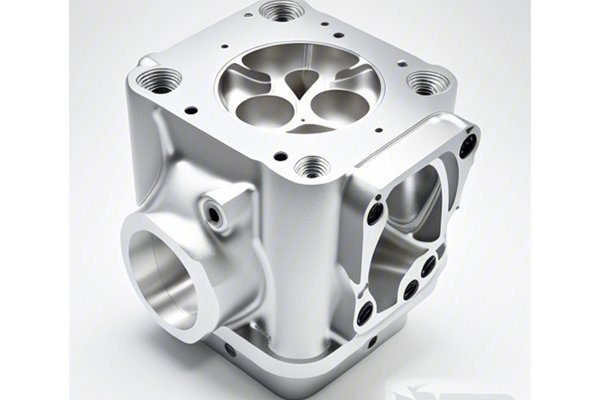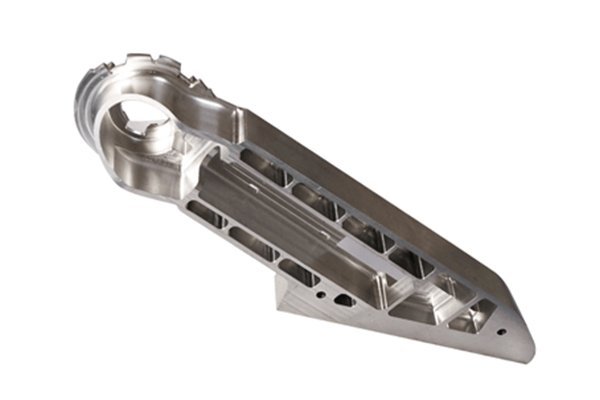Did you know that CNC machining can achieve tolerances as tight as ±0.001 inches? This incredible precision allows it to play a pivotal role in industries ranging from aerospace to medical devices. In a world where quality and accuracy are non-negotiable, understanding the fundamentals of CNC machining is essential for engineers, manufacturers, and quality control professionals alike. In this comprehensive guide, we will explore the importance of CNC machining, delve into its applications, and provide detailed solutions to common challenges faced in the field.
Computer Numerical Control (CNC) machining is a process where pre-programmed computer software dictates the movement of production equipment. This modern manufacturing technique automates processes such as drilling, milling, and turning, allowing for high-speed and accurate production of complex parts. With the advent of advanced technologies, CNC machining has evolved significantly, paving the way for custom, precision-engineered products.
The significance of CNC machining transcends its mechanical capabilities. Below are some key reasons why CNC machining is vital in several industries:
Aerospace Industry
In aerospace applications, the precision and reliability of parts can directly impact safety. CNC machining facilitates the production of complex geometries from high-strength materials needed for aircraft components. This customization ensures that parts can withstand harsh environmental conditions while maintaining performance.
Medical Devices
When it comes to medical device manufacturing, precision is paramount. CNC machining enables the fabrication of intricate parts, from surgical instruments to implants, which require stringent tolerances and biocompatibility.
Automotive Industry
In automotive manufacturing, CNC machining aids in the rapid production of components such as engine blocks and transmission cases. The ability to produce parts with consistent quality contributes directly to vehicle performance and safety.
Electronics
The electronic industry relies on CNC machining for the manufacturing of intricate, small parts such as circuit boards and casings. The ability to produce parts quickly and accurately reduces lead times, ultimately benefiting product development cycles.
To achieve optimal results in CNC machining, it is vital to master some key techniques:
3.
Choosing the right material is fundamental to the success of any machining operation. Factors such as hardness, brittleness, and machinability will influence the finish and overall performance of the end product. Engineers must consider the environmental conditions the part will face, such as temperature and corrosion resistance, before making a selection.
3.
Proper tooling and setup can significantly affect the precision and quality of the machined part. Selecting the right tool material and geometry compatible with the workpiece material is essential.

3.
Quality control is integral to ensuring that the final product meets all specifications. Implementing rigorous quality checks throughout the machining process minimizes errors and ensures compliance with industry standards.
While CNC machining offers numerous advantages, it is not without its challenges. Below are common issues faced in the machining process, along with effective solutions:
4.
Material deformation occurs when thermal expansion or machining stresses cause the workpiece to change shape. This often results in dimensional inaccuracies.
Solutions:
4.
Achieving the desired surface finish can be challenging, especially when machining materials like aluminum alloys or plastics that require fine detailing.
Solutions:
4.
Maintaining dimensional accuracy is vital for ensuring that parts fit together correctly in assembly. Variations can lead to costly rework or product failures.
Solutions:
As technology continues to innovate, so does CNC machining. Future trends indicate a shift towards greater automation, incorporation of artificial intelligence, and advancements in 3D printing technologies for hybrid manufacturing processes.
In conclusion, CNC machining stands at the forefront of modern manufacturing, enabling industries to meet unprecedented demands for precision and quality. From understanding the critical selection of materials to mastering advanced techniques in tooling and quality control, manufacturers can leverage CNC technology to address the unique challenges of their respective fields.
As we have explored, overcoming challenges such as material deformation, achieving excellent surface finishes, and ensuring dimensional accuracy are vital to the success of any machining operation. By embracing future innovations in automation and AI, the CNC machining landscape is set for remarkable advancements.
This blog serves not only as a guide to understanding the intricacies of CNC machining but also as a reminder of its crucial role in driving innovation and quality in manufacturing. As you consider your next project, remember the key techniques and solutions highlighted here, and let CNC machining elevate your production capabilities to new heights.
In a world where precision engineering is essential, investing in CNC machining knowledge is not just beneficial—it’s imperative.






